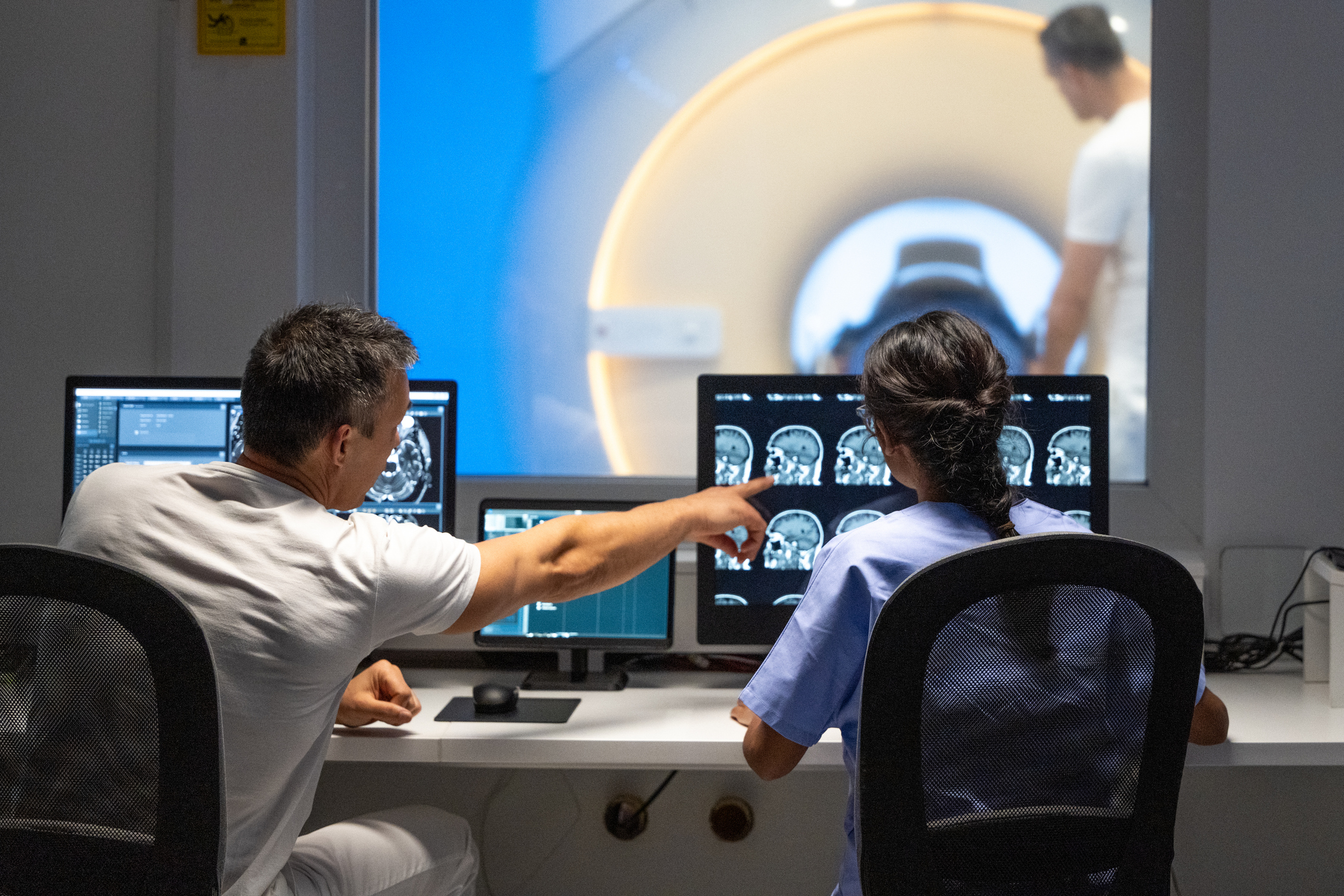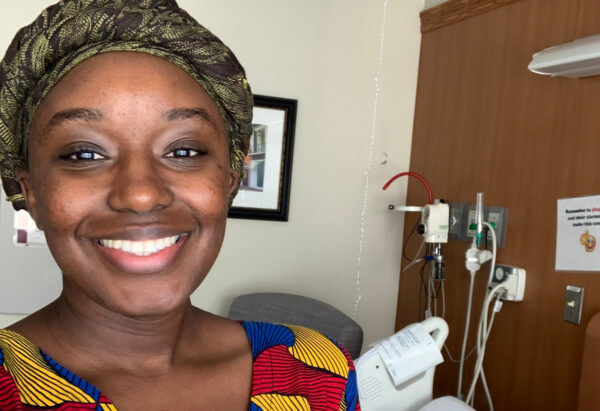
Understanding Brain Aneurysms
Understanding Brain Aneurysms
Ruptured brain aneurysms usually cause bleeding into the space around the brain, called a subarachnoid hemorrhage (SAH). However, brain aneurysms can come in different forms and can impact individuals in a variety of ways.

About Brain Aneurysms
A brain aneurysm is a weak, bulging area in an artery in the brain, analogous to a thin balloon or a weak spot on a tire’s inner tube. Because its walls may be weak and thin, an aneurysm is at risk of rupturing. If an aneurysm ruptures, blood spills into the space between the skull and the brain, a serious type of stroke known as a subarachnoid hemorrhage (SAH).

Causes and Risk Factors
Brain aneurysm are often genetic but can also be impacted by a variety of behaviors. Learn if you might be at risk.

Warning Signs and Symptoms
Most brain aneurysms are treatable, but how does one know they might be at risk? Survival and avoiding long-term disability depends on knowing the signs and getting immediate treatment.
Ruptured Brain Aneurysm Symptoms
Learn more about the signs that you may have had a rupture and the importance of seeking immediate treatment.
Learn MoreUnruptured Brain Aneurysm Symptoms
Prevention remains the best treatment against the impact of ruptured aneurysms. One should consider seeking medical attention if they experience any of these symptoms.
Learn More
Diagnosis & Screening
Through imaging screening techniques, individuals at high risk of harboring a brain aneurysm can be identified easily with non-invasive imaging tests. Some risk factors for developing brain aneurysms include cigarette use, chronic hypertension and history of cerebral aneurysms in closely related family members. An aneurysm is often diagnosed using a variety of imaging equipment. Some methods include CT Scan, CTA, MRI and MRA.


 Brain Aneurysm Foundation
Brain Aneurysm Foundation 


